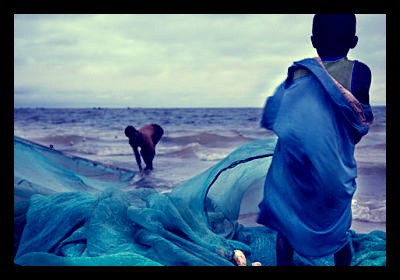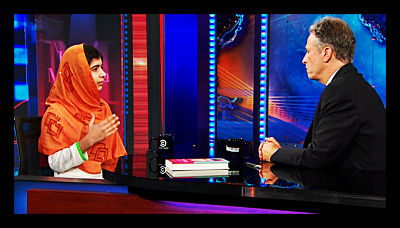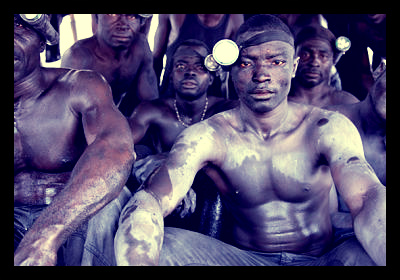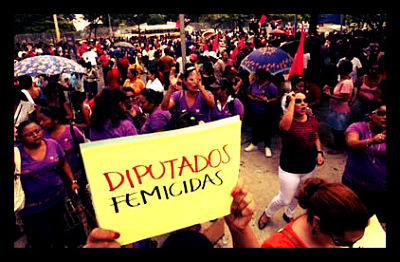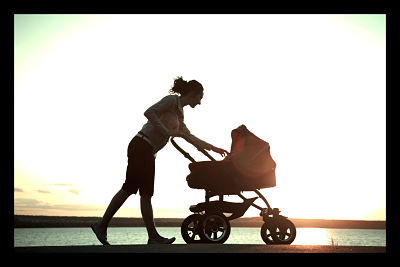According to a new study by GE Healthcare, incidences of fatal breast cancer have risen in developing countries.
Bengt Jönsson, Professor in Health Economics at the Stockholm School of Economics, and co-author of the report has said, “Breast cancer is on the rise across developing nations, mainly due to the increase in life expectancy and lifestyle changes such as women having fewer children, as well as hormonal intervention such as post-menopausal hormonal therapy. In these regions mortality rates are compounded by the later stage at which the disease is diagnosed, as well as limited access to treatment, presenting a ‘ticking time bomb’ which health systems and policymakers in these countries need to work hard to defuse.”
While significant headway is being made in the prevention of communicable diseases such as malaria and HIV/AIDS, many developing countries do not have the resources to provide treatment for cancer.
Ignorance and the stigma of breast cancer is also a contributing factor. “There is little information for the people who need to be helped,” said Dr. Fred Okuku, of the Uganda Cancer Institute in Kampala, “Only a few know how to read and write. Many don’t have TV or radio. There is no word for cancer in most Ugandan languages. A woman finds a lump in her breast, and cancer doesn’t cross her mind. It’s not in her vocabulary.”
In the United States, about 20 percent of breast cancer patients die from it, compared with 40 to 60 percent in developing countries. While prevention and self screening measures are well known in the United States, misinformation in the developing world has led to an increased risk. A recent survey in Mexico City highlights this, indicating that many women feel uncomfortable or worried about having a mammogram.
Claire Goodliffe, Global Oncology Director for GE Healthcare, has said, “It is of great concern that women in newly industrialized countries are reluctant to get checked out until it is too late. This report finds a direct link between survival rates in countries and the stage at which breast cancer is diagnosed. It provides further evidence of the need for early detection and treatment, which we welcome given current controversies about the relative harms, benefits, and cost effectiveness of breast cancer screening.”
– David Smith
Sources: New York Times
